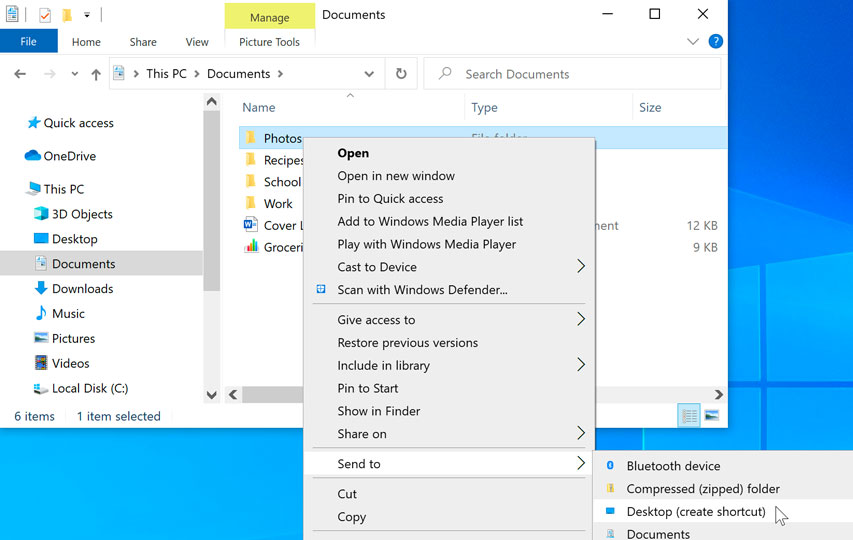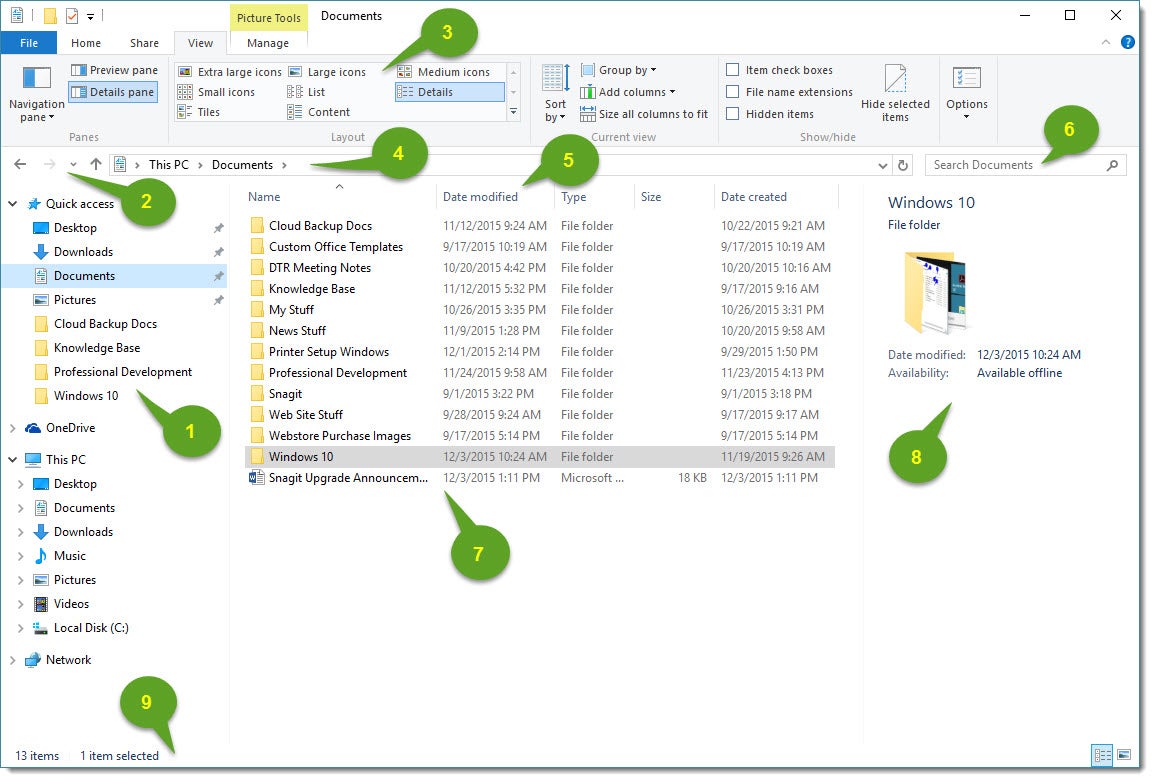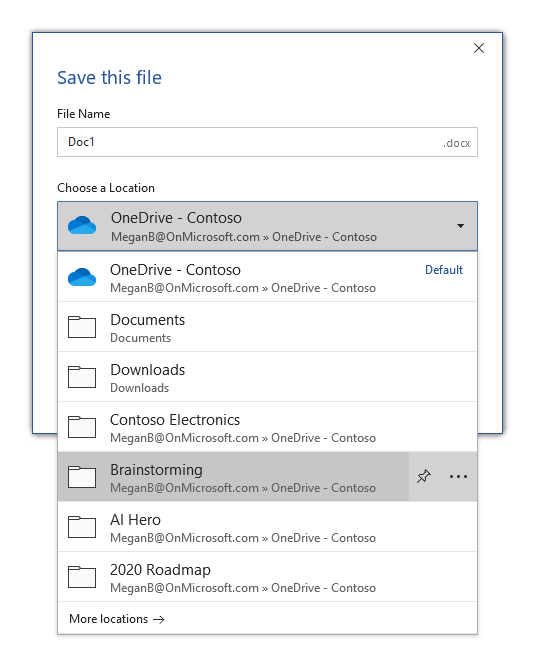

- #HOW TO PIN A DOCUMENT TO DESKTOP HOW TO#
- #HOW TO PIN A DOCUMENT TO DESKTOP MANUAL#
- #HOW TO PIN A DOCUMENT TO DESKTOP LICENSE#
- #HOW TO PIN A DOCUMENT TO DESKTOP WINDOWS 8#
- #HOW TO PIN A DOCUMENT TO DESKTOP WINDOWS#
You can even delete the desktop shortcut and the remaining pins from taskbar and start will continue to work, as they are actually linking to %windir%\system32\cmd.exe. You can right-click the desktop shortcut and choose Pin to Taskbar or Pin to Start if you wish, as shown below. You can tell you opened an elevated command prompt from the title of the window Administrator: Command Prompt, as shown below.Ĩ. That's it, the desktop shortcut will now open an elevated command prompt. In the Advanced Properties window, check the box Run as administrator and click OK, then OK in the previous Command Prompt Properties window as well. In the Command Prompt Properties Windows, select the tab Shortcut (it should be selected by default) and click Advanced, as shown below.ħ. Right-click the Command Prompt shortcut and choose Properties.Ħ. You can do that faster by pressing Win+D.ĥ.
#HOW TO PIN A DOCUMENT TO DESKTOP WINDOWS#
Minimize all open windows to get to the desktop. It opens a regular command prompt, so we'll have to alter its behavior in the next step.Ĥ. You will now have a new shortcut on Desktop, called Command Prompt. Right-click Command Prompt and choose Send to > Desktop (create shortcut), as shown below. This opens the Explorer at C:\Users\YourUser\AppData\Roaming\Microsoft\Windows\Start Menu\Programs\System Tools where you can see a few symbolic links (we briefly covered symbolic links in our Mklink explained article).ģ. Right-click the Command Prompt result and choose Open file location, as shown below. Open Search by typing Ctrl+S and enter cmd in the search box.Ģ. Here are the steps to create the elevated cmd shortcut. When you use this shortcut, depending on your User Account Control settings, you will get a UAC prompt or not. Note that if you are logged in as a regular user, you will be asked for Administrator credentials when opening the shortcut.
#HOW TO PIN A DOCUMENT TO DESKTOP HOW TO#
In this tutorial we'll show you 2 methods for how to create a desktop shortcut to an elevated command prompt and pin it to taskbar or start screen.
#HOW TO PIN A DOCUMENT TO DESKTOP LICENSE#
Autodesk Network License Manager downloads for 201.
#HOW TO PIN A DOCUMENT TO DESKTOP WINDOWS 8#

Now press the Windows button and start writing the name of the shortcut and it should show up in the search result.
#HOW TO PIN A DOCUMENT TO DESKTOP MANUAL#
Say you create a shortcut named “Windows 8 manual test” and put it in the folder above. Only thing is that you need to also pin it.

When expanded it may look like this except jtb would be your login name: C:\Users\jtb\AppData\Roaming\Microsoft\Windows\Start Menu\Programs %appdata%\Microsoft\Windows\Start Menu\Programs There is also a manual way by adding a shortcut in this folder:

In Windows 8 you can by default pin only some things like programs (.exe) to the Start screen using Windows Explorer. After having tried some freeware that try to mimic the old start menu (that I were not that satisfied with) I have instead started to use the Start Screen and even though I don’t have a touch screen I find it quick and easy to use. Windows 8 comes with a completely new Start screen that replaces the start menu. Sync AutoCAD block attributes with databaseĭelete excessive xclipped objects in AutoCADĬreate Sheet Sets with all included based on Excel templates. Works both with AutoCAD's Sheet Set Manager (SSM) and AutoCAD Architecture's Project Navigator (PN) Graphic license reports for applications using FlexNet/ FLEXlm, IBM LUM, 12D, SLM/ Sentinel or LM-XĮdit Sheet Set Properties on multiple sheets at a time.


 0 kommentar(er)
0 kommentar(er)
